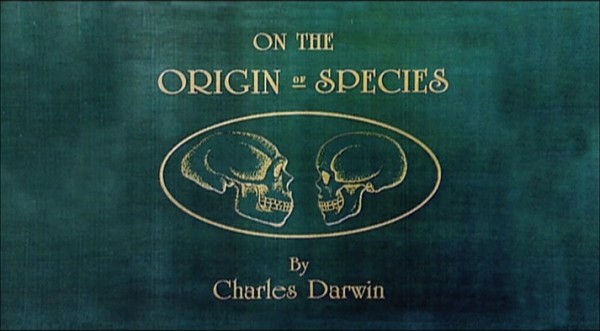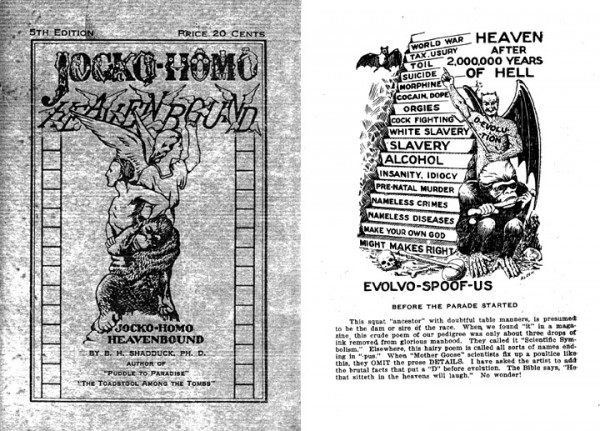On November 24th, 1859, Charles Darwin published On the Origin of Species by Means of Natural Selection, or the Preservation of Favoured Races in the Struggle for Life. It upended notions of our classifications of living things. The impact can be felt today.
Following his interests in geology and natural history, Darwin took a five-year trip on the HMS Beagle that embarked on December 27th, 1831. He took notes on the diversity he found in clamshells, tortoise shells, and mockingbirds. The mockingbirds that he found on the Galapagos Islands were similar to ones in Chile, yet they also differed from island to island. Ditto for the tortoise shells. Ornithologist John Gould pointed out to him that the mockingbirds on separate islands were in fact separate species. On March 15, 1837, he noted that changes occurred in the species as he moved south. In July of that year, he sketched out his first evolutionary tree with “I think” printed above it. At the end of the year, he noted the similarities between how farmers use selective breeding to obtain the best stock and how “every part of newly acquired structure [in Nature] is fully practical and perfected.” This structure would be the foundation of his theory of natural selection.
In his introduction to On the Origin of Species, he observed, “As many more individuals of each species are born than can possibly survive; and as, consequently, there is a frequently recurring struggle for existence, it follows that any being, if it vary however slightly in any manner profitable to itself, under the complex and sometimes varying conditions of life, will have a better chance of surviving, and thus be naturally selected. From the strong principle of inheritance, any selected variety will tend to propagate its new and modified form.”
Darwin postulated that contemporary species branched out, or evolved, from common ancestors. This ran counter to the prevailing thought that species always had been and always would be as they were. His theory, broken down by twentieth century biologist Ernst Mayr, followed that if fertile species populations reproduced and grew, and populations remained a relatively consistent size, and food resources remained relatively consistent, then there would be a struggle for survival. If there were significant differences in the individual members within a species, and these traits were hereditary, and individuals that were less adaptable to their environment were also less like likely to reproduce and individuals that were more adaptable were more likely to pass along their hereditary traits, then this process would be the natural selection whereby this slow evolutionary process accumulated these traits that would develop new species.
Reaction was mixed. Fossil records showed that the world that was created in a week was not feasible, but some argued that there was a design behind the evolution.
However, it came to trial sixty-six years later in The State of Tennessee v John Thomas Scopes, aka the Scopes Monkey Trial. Tennessee passed the Butler Act on March 21st, 1925. Lobbied by John W. Butler, a State Representative and head of the World Christian Fundamentals Association, it forbade the teaching of evolution in state-funded schools. Governor Austin Peay signed the Act to appease his constituents, not thinking that it would be enforced. The trial became national news. Scopes was found guilty and fined $100, but the verdict was overturned on a technicality. Butler eventually admitted, “I didn’t know anything about evolution… I’d read in the papers that boys and girls were coming home from school and telling their fathers and mothers that the Bible was all nonsense.”
Within two years, thirteen more states proposed anti-evolution laws. Forty-one state bills were proposed. All but measures in Arkansas and Mississippi were struck down.
1958 saw the National Defense Education Act. It promoted the teaching of biological evolution so that the United States would not lag behind the Soviet Union educationally. Tennessee repealed the Butler Act in 1967. In 1968, the Supreme Court of the United States rule in Epperson v. Arkansas that anti-evolution bans run counter to the first amendment because of their religious nature. As recent as December 14th, 2014, a suit was thrown out of Topeka, Kansas that sought to ban evolution on the grounds that it was an atheistic religious belief.
As Charles Darwin put it, “It is not the strongest of the species that survive, nor the most intelligent, but the one most responsive to change.”



There are no voices yet... Post-script us a message below, won't you?